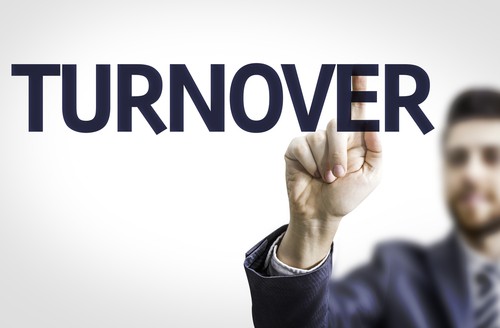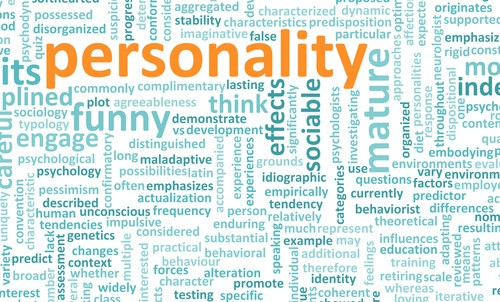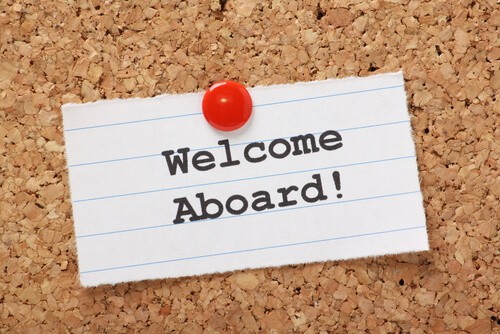They say that change is good—however this isn’t always the case for organizations. For organizations, change could mean losing a valuable worker and having to spend a hefty amount of time and money to find another. There are two main types of employee turnover: voluntary and involuntary. The former refers to a worker that chooses to leave upon their own decision, while the latter refers to situations where a worker is removed from the position based on a factor outside of their control—this includes sickness or death, as well as layoffs and firings.
Sales are the lifeblood of an organization. If sales performance is suffering, the entire business struggles. That’s why it’s important to take certain steps to manage sales performance and set your sales team up for success. Check out these sales performance management methods to manage your sales team effectively: Be a leader that inspires top sales performance. A recent survey revealed that underperforming sales reps were more likely to value product knowledge and industry expertise most in their leaders, while top performers ranked practical experience and sales intuition highest. Invest in your own education to ensure you can provide these
Team building is an essential activity to implement regularly in the workplace. The Houston Chronicle’s Small Business blog states that there are 4 major benefits of team building activities: Increasing collaboration Easing conflicts Cultivating effective communication Building trust It is clear that your team will benefit greatly from some effective team building exercises. Now you just need some ideas for how to build highly effective teams. Set clear production result goals. Be sure they are specific, measurable, achievable, relevant, and time-bound. Define a system for clear and consistent communication between team members. Choose a communication method that works best for
Employment personality tests are making a breakthrough in the hiring world. Here are some statistics that may help you make the decision to utilize employee personality tests. Personality testing has become a $400 million industry and is growing at an 8 to 10 percent rate (Paul 2004). While many organizations use employment personality tests for career development, about 22 percent use it to evaluate job candidates, according to the results of a 2014 survey of 344 Society for Human Resource Management members. Forty percent of Fortune 100 companies indicated that their employment selection systems included some form of psychological testing.
Up to 20 percent of employee turnover takes place within the first 45 days on the job. And 25 percent of employees are gone within one year. Meanwhile, organizations that implement a new hire orientation process experience 54 percent greater new hire success.
Employee assessments are a wonderful way to determine job skills and characteristics of current and future employees. These tests are created to select better workers and improve overall performance. Like with any official process, there are limitations and legal issues involved that must be taken into account.
Employee assessment company seeks to educate local managers about best hiring practices Waco, TX (September 13th, 2016) – Talexes, a leading employee assessment company, is pleased to announce the continuation of their seminar Hire the Best – Skip the Rest. This educational seminar is intended to help organizations streamline and optimize their hiring process utilizing the Talexes Innovative Hiring System. The event will be held at the Waco Chamber of Commerce, and will attract a number of professionals from around the Waco area. Talexes hopes to continue its mission to educate organizations and their hiring managers with the use of
A recent survey by the American Management Association found that a majority of the 1,000 companies surveyed were not adequately concerned with experiencing employee turnover. In fact, only 9 percent stated that their senior management regarded the employee turnover situation as very urgent.
A succession plan is simply the result of HR planning and management of its employees as they move throughout the company. It provides a plan and process for the inevitable departure of employees at all stages of the employee lifecycle.
The minimum cost of a new hire is approximately $50,000. In a study done by Bamboo HR with over a thousand people, 31 percent 0f respondents had quit a job within six months of starting it. And a “steady stream of employees left from the first week all the way up to the third month.” That’s why a well thought-out onboarding checklist is a necessity for reducing turnover and the cost of new hires.










